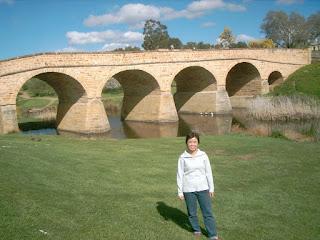By Wendy Van Kerkhove, Star Tribune Sales and Marketing Last update: October 25, 2007 – 1:15 PM
Does a leisurely walk with your dog seem impossible?
Following the tips below can help teach your dog not to pull on the leash and ultimately make walking with your dog enjoyable for the both of you:
- Get your dog tired before the walk
A tired dog has less energy to pull. Play fetch with your dog before the walk until your dog is worn out. If your dog doesn't like to fetch, then find another game (like chase) to tire him out. Even if you can't get him exhausted, any amount of energy exerted before the walk will slow him down. - Go fast
A dog's natural pace is faster than that of the average human's. Requiring your dog to walk without pulling is asking him to significantly slow down. Simply increasing the pace at which you walk should reduce the intensity with which your dog pulls on the leash. It is also helpful to begin your outing by walking briskly, or better yet, jogging, then slowing down for a more leisurely stroll. - Teach your dog where the end of the leash is
Before you begin your walk give your dog a treat so that he knows you've got "the goods." Start walking, and right before he hits the end of the leash call him back to you. When he comes back, give him a treat. Be sure that you continue to walk during this process. Keep repeating this procedure and eventually you should be able to teach your dog to look back at you before he reaches the end of the leash. At this point it is then okay to give him a treat only occasionally. The goal is to teach your dog to keep moving with a slack leash. - Stop and be a tree
If your dog pulls, stop dead in your tracks as soon as the leash gets tight. Don't move an inch until your dog looks back at you and takes a few steps in your direction. Once there is slack in the leash, you can go forward again. The second the leash gets tight stop again. Your dog will learn that pressure on his neck from a taught leash means that the walk stops. - Equipment
There are many products on the market designed to reduce your dog's pulling. Head halters work by controlling the dog's head and providing the owner a greater amount of control. Another option is a specially designed walking harness. Keep in mind that not all harnesses prevent pulling, but there are brands that are specifically designed to do so. Other products like pinch/prong collars can be effective but work by causing discomfort to the dog. Another option is the classic choke chain. This product can be dangerous because the harder the dog pulls the tighter the collar gets. At some point this can cause serious damage to a dog's trachea.
Wendy van Kerkhove owns Fresh Air Training, www.freshairtraining.com, and is an editorial advisory board member for Star Tribune Pet Central.
Do you want to train your dog as easily as eating McDonald french fries?
Fill in your first name and email address below
to receive my FREE dog training tips
plus ... a Bonus GIFT on "True Stories about Dogs and Cats" NOW.

No comments:
Post a Comment